Because it’s not like it can choose itself, is it?
alcohol (Page 17)
Can you tell what this eye-catching white bottle decorated with bright red patterns is supped to be? While the look isn’t exactly conventional, this is actually a sake product called NISHIKIGOI, and the bottle is artfully designed to look like a beautiful colored carp.
If you’re someone who loves the sunshine and hates the cold, you’re probably feeling a little down that we’ve now undeniably entered autumn. Maybe you’re doing your best to look on the bright side by enjoying some tasty seasonal produce, like delicious Asian pears, or maybe you’re just trying to brace yourself against the advancing chill in the air with a stiff drink.
But why rely on just one of those coping strategies when you can employ both by whipping up an easy and delicious batch of Japanese-style sangria with fruit and sake?
Okinawa, the tropical island at the southern end of Japan, is known for its unique culture and tasty foods like soki soba (Okinawa noodles) and rafuti (sweet stewed pork). Another local specialty Okinawa is famous for is the alcoholic drink awamori, a distilled drink made from long-grain rice.
While the beverage has its fans across Japan, it also has enough of a distinct flavor that some people consider it a bit of an acquired taste. So you can imagine it came as somewhat of a surprise when we found out that they sell an alcoholic coffee drink in Okinawa that is infused with awamori, and at a convenience store chain, no less. We definitely had to try this!
You can get practically anything via online retail giant Amazon, and there are even some products that you can only get via the website. Ordinarily one such product is a special beer from popular Japanese craft brewery Yoho Brewing, but beer drinkers will soon be able to pick up a can at their local Lawson convenience store. You’ll have to hurry, though, because the number available is limited, and once they’re gone, they’re gone.
As a child I distinctly remember anti-drug campaigns telling me to “Just say no!” and how narcotics would turn my brain into a fried egg rather than a raw one, which I guess meant that cold, transparent and runny is the optimum condition for one’s gray matter.
And after I was released from rehab for the third time, I realized that those messages were largely ineffective. This was because rather than educate about the way drugs work both chemically and socially, they simply resorted to speaking down to the viewer and giving us simple commands that we were expected to blindly obey for some reason.
Looking at the above image to an alcohol abuse PSA from Thailand, you might expect more of the same dogmatic obscurity of days past. However, this ad—as bizarre as it is—is a very persuasive and inspiring message regarding knocking off the booze and getting your life together.
One of the things you may notice when you come to Japan is how much drinking seems to be going on. Certain Japanese societal circles (the workplace, university clubs, etc) run more smoothly with the help of alcoholic lubrication in the form of after-hours “drinking parties” to facilitate team-building and bonding—it’s called nomication (or nominication), a portmanteau of “nomu” (to drink) and “communication”.
So we were quite surprised to discover recently that Japan’s level of alcoholic beverage consumption is actually way, way down. But why?
Japanese brewing and distilling company Suntory Holdings Limited recently announced their plans to send samples of whiskey to the International Space Station in order to investigate the effects of zero gravity on the aging process.
Taking the train is by far the most common way to get around urban and suburban Japan. By its very nature, though, using public transportation means being out in public, which in Japan means following social norms about proper manners and not bothering your fellow passengers.
The average Tokyo commuter spends an hour each way on the train, though. It can be hard to follow all of the implicit rules of train etiquette during such a lengthy ride, and here are 10 minor breaches of etiquette that some Japanese men are willing to turn a blind eye to.
There are all kinds of urban legends and so-called old wives’ tales that proclaim the health benefits, or time-saving benefits, borderline magical properties, or terrifying dangers of doing X or Y. We’ve heard them all: Don’t eat within thirty minutes of swimming or you’ll get a cramp and literally die, bundle up when it’s cold outside or you’ll get a cold (by the way, oh my god, people, stop it with this; a cold is a virus, you don’t get it from the weather), an apple a day will keep the doctor away, a watched pot never boils, etc.
It’s almost like these old sayings and legends are the pre-Internet era equivalent of lifehacks! And since we’ve sort of been on a lifehacking streak recently, we decided to give one of these a test for ourselves: Specifically, the rumor that sticking a spoon into the neck of a champagne bottle will keep it from going flat.
There are many lovers of nihonshu (often called sake in English) in Japan, but a challenge of a true nihonshu fan is finding that perfect brand to suit their tastes. With the hundreds of different kinds each with their own flavors and ways to serve, you might drink for years without being able to settle on a type to call your favorite.
In addition to time, it can also be a burden on the wallet to go through bottle after bottle searching for that right one. Luckily, Mr. Sato stumbled upon something that might help speed up and cheapen the sake selecting process.
It’s a sake taste testing machine in Osaka International Airport that sells cups from nearly 30 different brands for only 100 yen (US$0.81) each.
It seems like every time you look, there’s some sort of new fad diet or superfood, all purported to be the best thing you can do for your health or to improve your natural beauty. But the good news is, this one’s actually fun to partake in.
Researchers at a university in Japan have now put sweet Japanese sake to the test, and have found it to have a number of positive beauty benefits, including improvement to under-eye health!
Late spring is one of the few universally pleasant times to spend outdoors in Japan. The cold of winter and the heavy pollen counts of early spring are gone, and the heat and humidity of summer are yet to make their appearance.
Of course, some would say that no matter how nice the weather is outdoors, it’s even more comfortable to have a drink in hand. Next month, you’ll be able to scratch both those itches at once with the Shibuya Sake Festival in Tokyo’s Miyashita Park, where you can spend a day drinking as much as you’d like of more than 100 different kinds of sake.
Recently, it seems like Japanese beverage makers are all about helping us with our multitasking. First there was the sakura beer that let you enjoy a cold one and contemplate the cherry blossoms at the same time, and earlier this week it was time for a taste test of alcoholic matcha green tea.
Now, it’s time for another double-dose of drinkables, with Suntory’s just-released bottled water with the flavor of…yogurt?!?
Every now and then, after a nice, satisfying dinner, I’ll find myself with both a thirst and a quandary. Do I feel like capping the meal with a relaxing cup of tea, or something stronger?
Thanks to a new drink that just hit stores in Japan, though, I don’t necessarily have to choose one or the other, because this alcoholic beverage is made with matcha green tea powder.
Getting pounded into the turf by a 40-meter (131-foot) tall martial artist who can shoot beams of energy from his hands can’t be an easy lifestyle. So last year when a restaurant opened in Kawasaki to honor the giant monsters and aliens who so often end up on the losing side of the battles in the Ultraman franchise, we thought it was nice they now had a place to relax, enjoy some tasty food, and knock back a few beers between regularly getting pummeled by the good guys.
Of course, we Earthlings were also welcome at the establishment, called the Kaiju Sakaba (“Monster Pub”). We stopped by shortly after the place opened last year, and all of the Ultraman-themed decorations made us feel like we were little kids again (well, at least until our first round of alcoholic drinks arrived, anyway). And then we felt like little kids again as wept in sadness upon hearing the Kaiju Sakaba was closing last March.
But, just like the ending of each installment of the Ultraman saga gives way to the next chapter, the Kaiju Sakaba is coming back to Kawasaki later this month, and this time it’s here to stay!
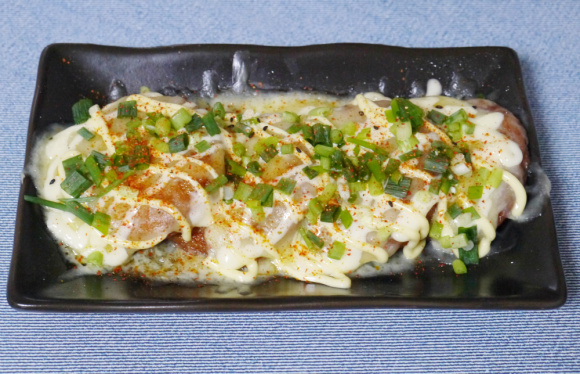
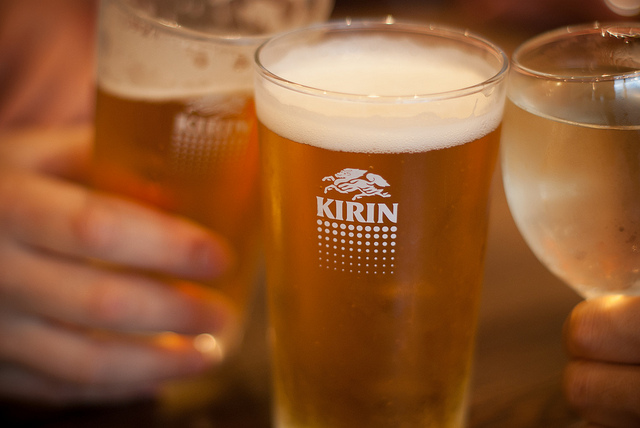
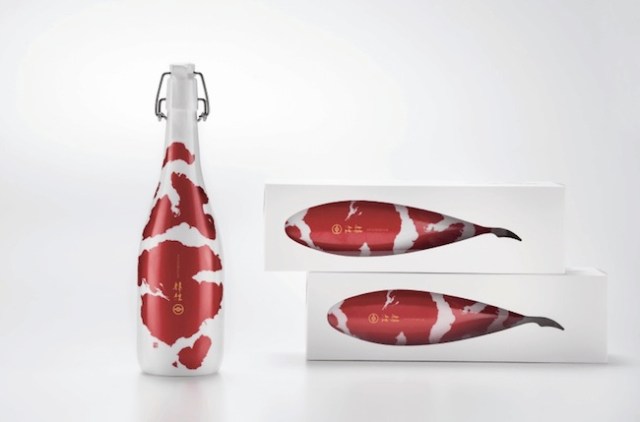
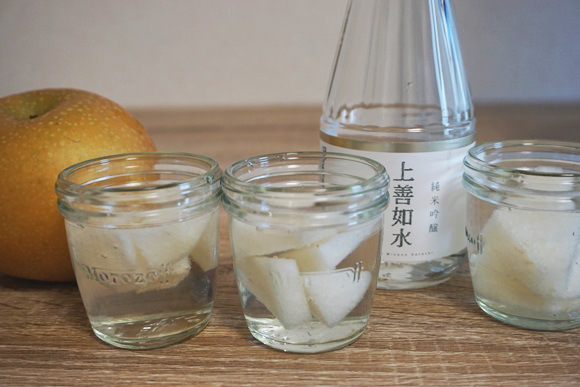
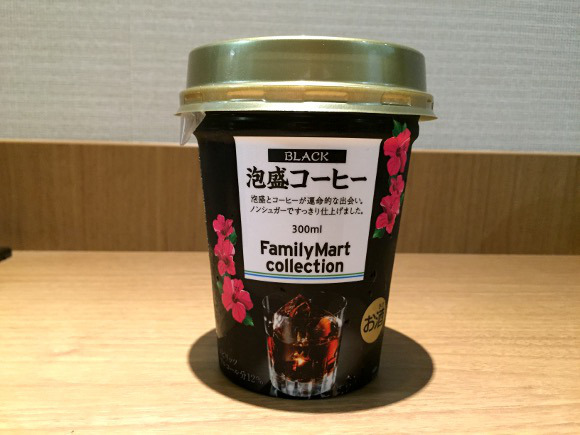
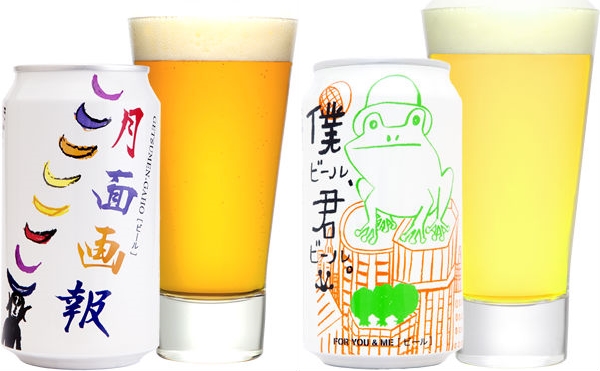

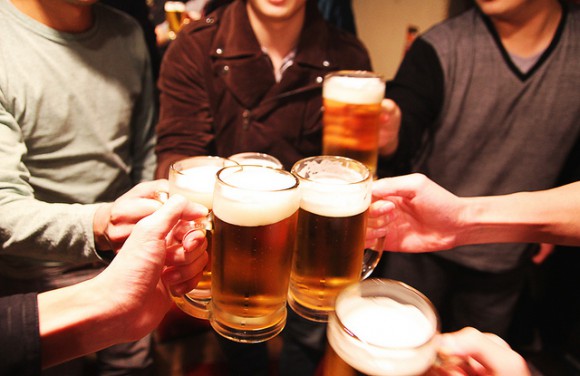
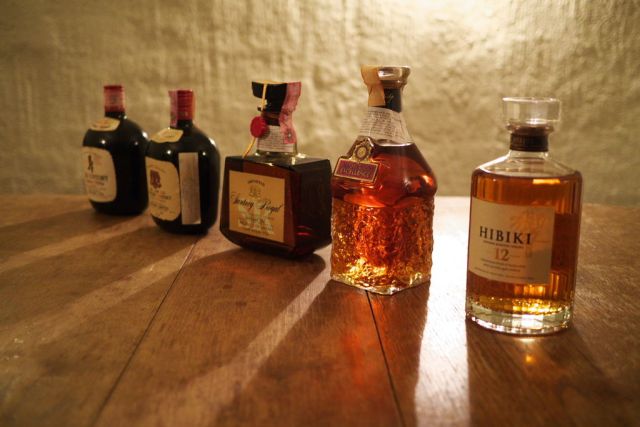
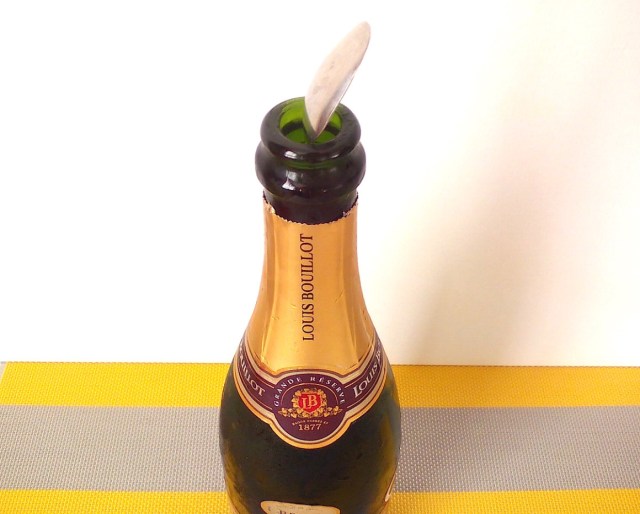
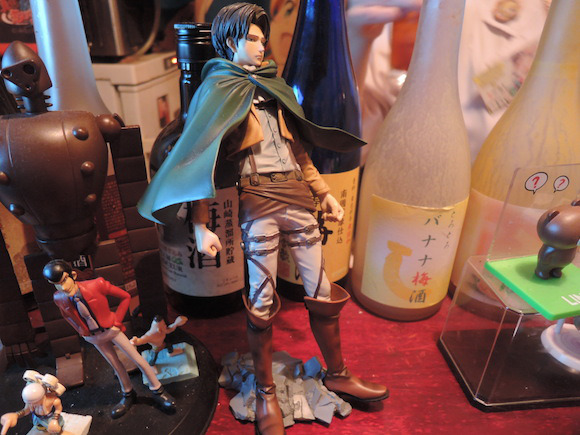
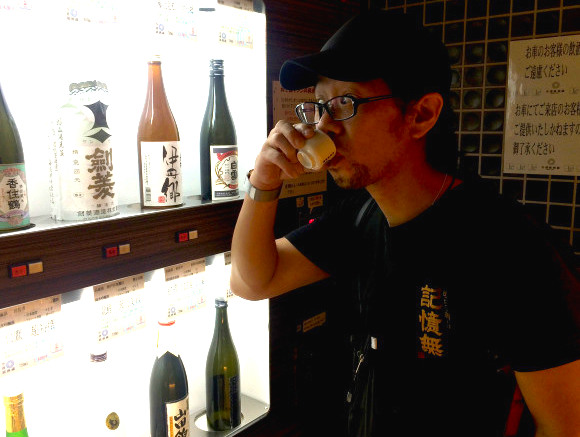
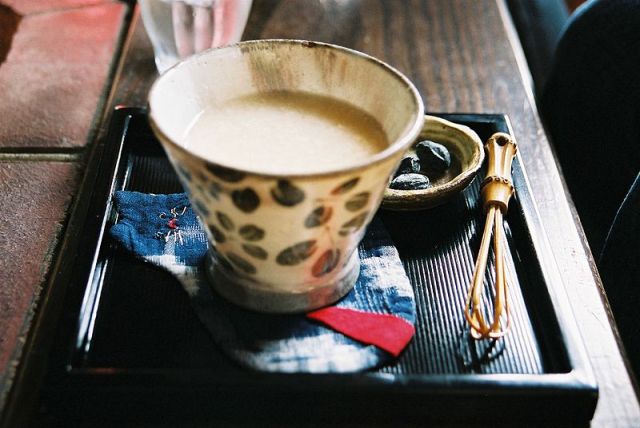
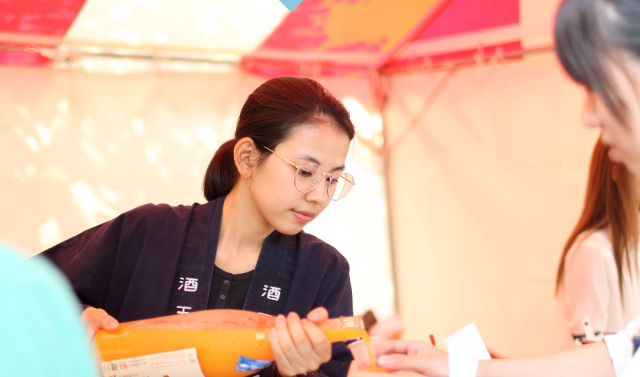
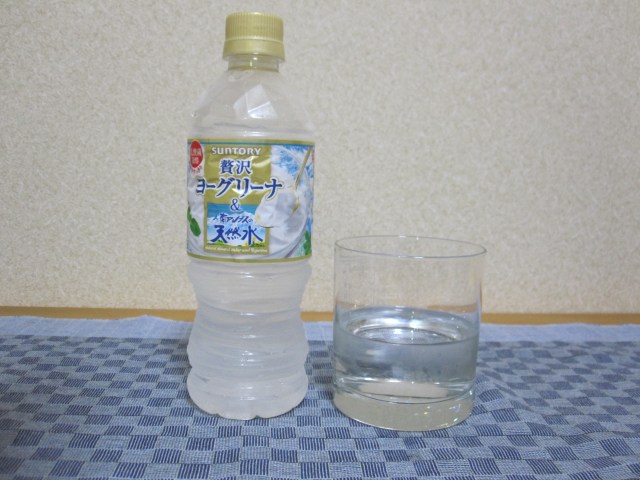
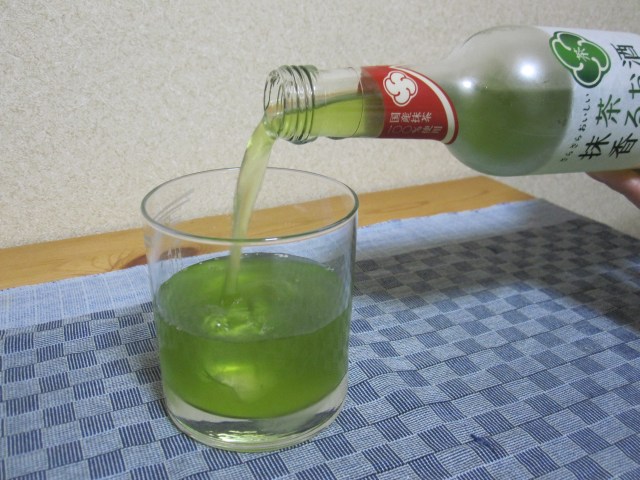
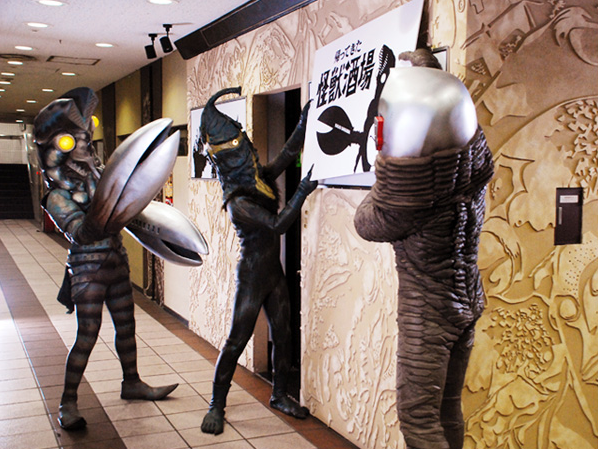
 Let’s go open a Lego Japan lucky bag…o
Let’s go open a Lego Japan lucky bag…o Square Enix releases a Final Fantasy fukubukuro lucky bag for New Year’s in Japan
Square Enix releases a Final Fantasy fukubukuro lucky bag for New Year’s in Japan McDonald’s Japan has a fukubukuro lucky bag that everyone wants to get their hands on
McDonald’s Japan has a fukubukuro lucky bag that everyone wants to get their hands on Sacrificing bears for amazing hotpots with Kuma-chan Onsen’s fukubukuro lucky bag
Sacrificing bears for amazing hotpots with Kuma-chan Onsen’s fukubukuro lucky bag Hayao Miyazaki says Happy New Year to Studio Ghibli fans with new art for Year of the Snake
Hayao Miyazaki says Happy New Year to Studio Ghibli fans with new art for Year of the Snake Animate Akihabara releases a lucky bag for the first time in years, and it’s amazing
Animate Akihabara releases a lucky bag for the first time in years, and it’s amazing Is there a big difference between Starbucks Japan’s fukubukuro lucky bags?
Is there a big difference between Starbucks Japan’s fukubukuro lucky bags? Kenbishi Shuzo sake brewery commits to production of traditional wooden sake barrels
Kenbishi Shuzo sake brewery commits to production of traditional wooden sake barrels The top 10 annoying foreign tourist behaviors on trains, as chosen by Japanese people【Survey】
The top 10 annoying foreign tourist behaviors on trains, as chosen by Japanese people【Survey】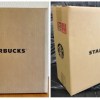 Comparing two Starbucks fukubukuro shows just how different lucky bags can be
Comparing two Starbucks fukubukuro shows just how different lucky bags can be What’s in Starbucks Japan’s fukubukuro lucky bag for 2025?
What’s in Starbucks Japan’s fukubukuro lucky bag for 2025? Pokémon fans aren’t happy with the Mister Donut fukubukuro lucky bag for 2025
Pokémon fans aren’t happy with the Mister Donut fukubukuro lucky bag for 2025 Kura Sushi has secret menu items in Japan, and here’s how to find them
Kura Sushi has secret menu items in Japan, and here’s how to find them After being snatched up by scalpers, Sailor Moon chocolate returns in officially marked-up complete box
After being snatched up by scalpers, Sailor Moon chocolate returns in officially marked-up complete box Bear breaks into house in Japan, quickly begins spending winter exactly like Japanese people do
Bear breaks into house in Japan, quickly begins spending winter exactly like Japanese people do Why are there so many Hokkaido food fairs in Japanese department stores these days?
Why are there so many Hokkaido food fairs in Japanese department stores these days? The perfect budget-friendly hot spring hotel near Narita Airport
The perfect budget-friendly hot spring hotel near Narita Airport J-pop mega star Ado reveals she’s been living in the U.S., may not understand language acquisition
J-pop mega star Ado reveals she’s been living in the U.S., may not understand language acquisition Starbucks Japan is calling it quits with paper straws
Starbucks Japan is calling it quits with paper straws Japan’s most popular castle raising ticket prices by up to 200 percent for non-local tourists
Japan’s most popular castle raising ticket prices by up to 200 percent for non-local tourists Japanese company develops classy heavy metal band frames for glasses
Japanese company develops classy heavy metal band frames for glasses This downtown Tokyo cafe is like a time machine that takes you back 50 years into the past
This downtown Tokyo cafe is like a time machine that takes you back 50 years into the past Station of despair: What to do if you get stuck at the end of Tokyo’s Chuo Rapid Line
Station of despair: What to do if you get stuck at the end of Tokyo’s Chuo Rapid Line Starbucks Japan reveals new winter holiday goods to wrap up 2024
Starbucks Japan reveals new winter holiday goods to wrap up 2024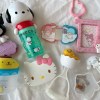 McDonald’s new Happy Meals offer up cute and practical Sanrio lifestyle goods
McDonald’s new Happy Meals offer up cute and practical Sanrio lifestyle goods Foreign tourists on Shinkansen bullet train break suitcase etiquette, angering local passengers
Foreign tourists on Shinkansen bullet train break suitcase etiquette, angering local passengers Possessing Harry Potter’s Sword of Godric Gryffindor is now illegal in Japan
Possessing Harry Potter’s Sword of Godric Gryffindor is now illegal in Japan [Deleted] Article written for April Fool’s Day 2018
[Deleted] Article written for April Fool’s Day 2018 Japanese government to make first change to romanization spelling rules since the 1950s
Japanese government to make first change to romanization spelling rules since the 1950s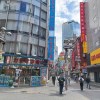 Foreigner’s request for help in Tokyo makes us sad for the state of society
Foreigner’s request for help in Tokyo makes us sad for the state of society Japanese convenience store Family Mart announces abolishment of eat-in spaces
Japanese convenience store Family Mart announces abolishment of eat-in spaces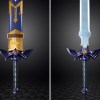 Life-size vibrating Legend of Zelda Master Sword for sale from Nintendo【Photos】
Life-size vibrating Legend of Zelda Master Sword for sale from Nintendo【Photos】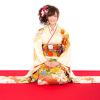 Princesses, fruits, and blacksmiths: Study reveals the 30 most unusual family names in Japan
Princesses, fruits, and blacksmiths: Study reveals the 30 most unusual family names in Japan Studio Ghibli releases free-download board game — Here’s how to play it without reading Japanese
Studio Ghibli releases free-download board game — Here’s how to play it without reading Japanese Animate Akihabara releases a lucky bag for the first time in years, and it’s amazing
Animate Akihabara releases a lucky bag for the first time in years, and it’s amazing Is there a big difference between Starbucks Japan’s fukubukuro lucky bags?
Is there a big difference between Starbucks Japan’s fukubukuro lucky bags? Kenbishi Shuzo sake brewery commits to production of traditional wooden sake barrels
Kenbishi Shuzo sake brewery commits to production of traditional wooden sake barrels The top 10 annoying foreign tourist behaviors on trains, as chosen by Japanese people【Survey】
The top 10 annoying foreign tourist behaviors on trains, as chosen by Japanese people【Survey】 Comparing two Starbucks fukubukuro shows just how different lucky bags can be
Comparing two Starbucks fukubukuro shows just how different lucky bags can be Practical Zelda Tears of the Kingdom merch is here to be Hyrule-helpful in your daily life【Pics】
Practical Zelda Tears of the Kingdom merch is here to be Hyrule-helpful in your daily life【Pics】 Japanese retailer Felissimo brings cute from the oceans with adorable deep sea creature pouches
Japanese retailer Felissimo brings cute from the oceans with adorable deep sea creature pouches Japan’s Top 10 Scenic Train Trips–according to two “densha otaku” train guides
Japan’s Top 10 Scenic Train Trips–according to two “densha otaku” train guides Get ready with Roland, the top-earning host in Japan【Video】
Get ready with Roland, the top-earning host in Japan【Video】 A visit to Japan’s cursed tunnel and statue of Oshima Zuido【Haunted Japan】
A visit to Japan’s cursed tunnel and statue of Oshima Zuido【Haunted Japan】 Chiikawa lucky bag required a four-month wait, but was it worth it?【Photos】
Chiikawa lucky bag required a four-month wait, but was it worth it?【Photos】 The time we (almost certainly) got scammed by a dating app in Tokyo’s bar district
The time we (almost certainly) got scammed by a dating app in Tokyo’s bar district Site of the worst bear attack in Japanese history is a chilling place to visit
Site of the worst bear attack in Japanese history is a chilling place to visit